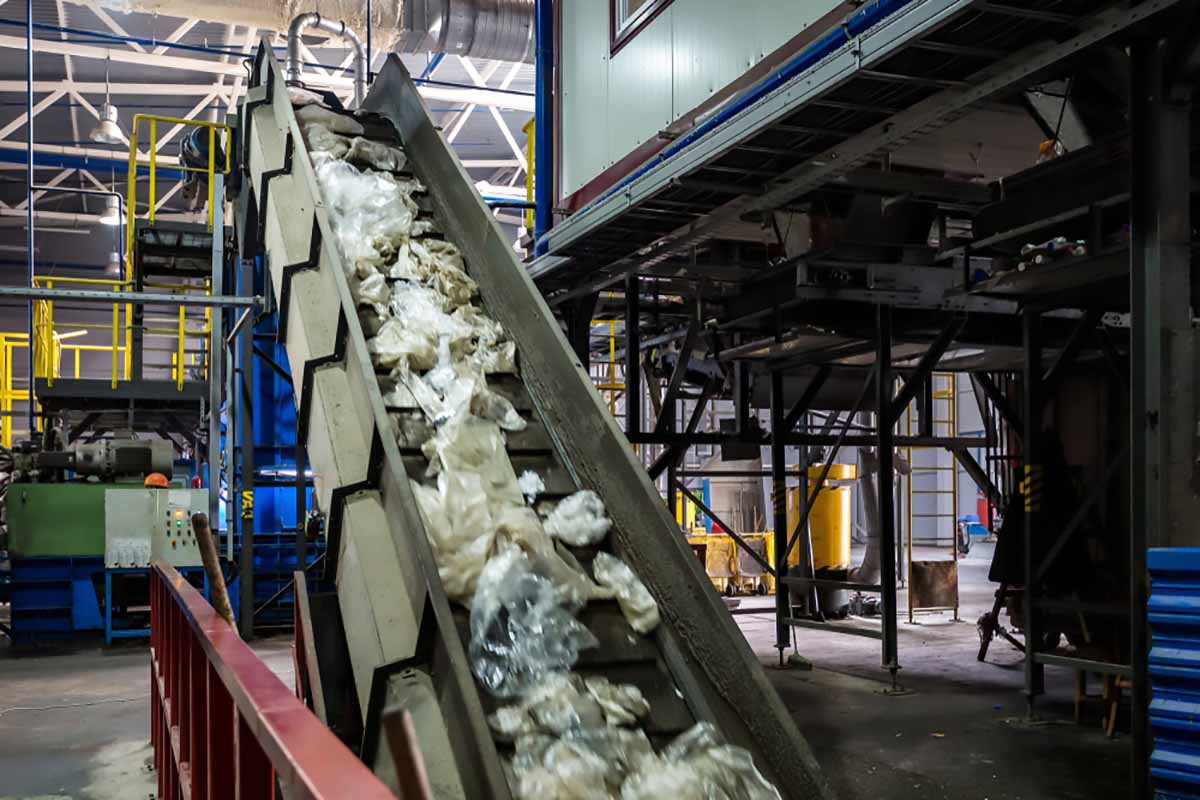
There were seven deaths in U.S. MRFs in 2022, up from four in 2021, according to the latest Bureau of Labor Statistics numbers. | Jantsarik/Shutterstock
The number of worker fatalities in the recycling industry – both inside materials recovery facilities (MRFs) and in collection – increased in 2022, even as the rate of on-the-job collection worker deaths decreased.
The Bureau of Labor Statistics (BLS) on Dec. 19 published its annual Census of Fatal Occupational Injuries, detailing the rate and number of workplace deaths across all industries in 2022. Last year, 37 solid waste collection workers died on the job, up from 34 a year earlier. Of the 37, 31 were in the private sector and six were in the public sector. Nineteen of the fatalities resulted from “transportation incidents,” up from 17 the prior year.
There were seven deaths in U.S. MRFs in 2022, up from four in 2021. Five of the deaths in 2022 occurred in private sector MRFs, according to the BLS data.
Although solid waste collection deaths increased year-over-year, the overall rate of on-the-job deaths among what BLS identifies as “refuse and recyclable material collectors” decreased significantly. It dropped from 27.9 fatalities per 100,000 full-time workers in 2021 to 22.6 in 2022. That continued a multi-year decrease, with the collector fatality rate reported as 33.1 in 2020, 35.2 in 2019, and a recent high of 44.3 in 2018.
The significant collector fatality rate decrease since 2018 was driven both by the collection sector expanding (hours worked in the industry increased from 167 million in 2018 to 200 million in 2022, a 20% increase), and the number of fatalities decreasing (dropping from 57 in 2018 to 37 in 2022, a 35% decrease).
In a statement, the National Waste & Recycling Association (NWRA) noted the multi-year decrease in the collection worker death rate came at the same time the overall fatality rate across all industries has increased. Still, NWRA also pointed out waste collection remains the seventh deadliest industry in the U.S.

